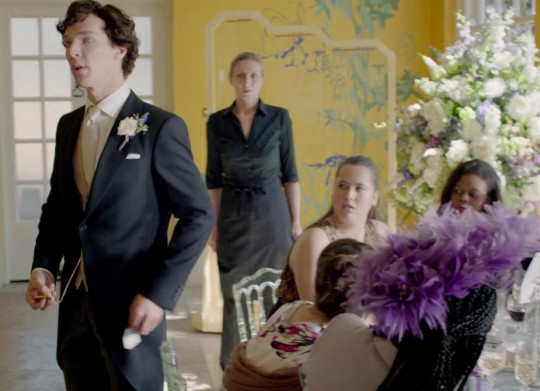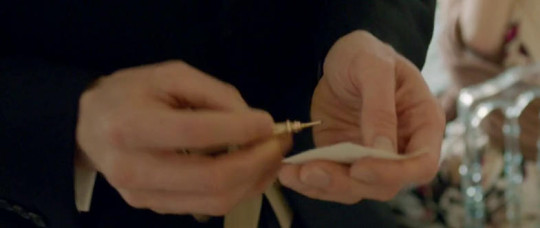Plywood pencil stands
Today I want to show you some wooden pencil stands from Muji: From left to right we have the wooden desk pot (originally £4.95, currently £2.45 (~$4.05; €2.95)) [1]It even has two wooden strips as “feet”., the wooden pen stand (originally £4.95, currently £2.95 (~$4.85; €3.55)) and the wooden desk rack (originally £6.95, currently £3.45 (~$5.70; €4.15)). These pencil stands have been on offer for more than a month now [2]I bought mine on 13 Dec 2013 in Manchester’s Trafford Centre.. I assume Muji has reduced the price to get rid of these items in order to make space for new stock.
The pen stands are made from plywood in Vietnam (where Banditapple’s carnets are made). I love how they look. It’s definitely an upgrade from the common plastic pen holders.
My favourite is the wooden desk rack. The top rack is great for short pens or pencils, the lower rack is great for longer pens and pencils. If you don’t want the get graphite on the desk rack it’s easy to protect the plywood at the bottom end with a small sheet of paper.
If these pencil stands are not to your liking, what about these pencil stands?
If this isn’t posh enough for you, what about Graf von Faber-Castell pencil holder? There’s also a double compartement / notelet holder version. As expected, there’s a hefty price tag. The full-grain leather is available in brown and black.
Prices: December 2013 and January 2014
Exchange rates: January 2014
Plywood pencil stands Read More »





